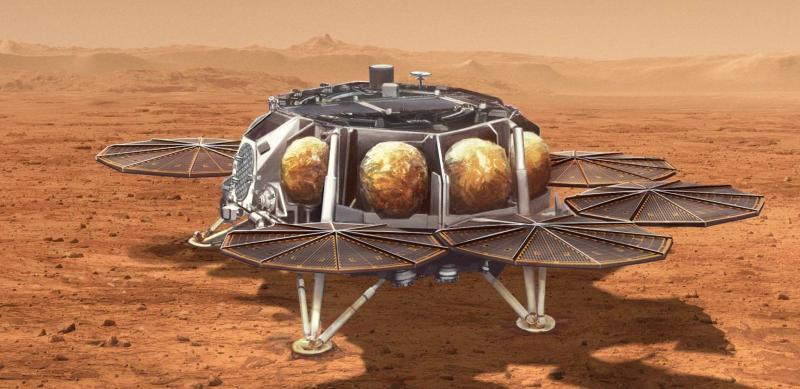NASA Administrator Bill Nelson shared the agency’s plans to move forward with the Mars Sample Return mission, including the search for innovative designs to bring valuable samples from Mars back to Earth. It appears that NASA has exerted more effort than it can handle when it sent the Perseverance rover to Mars to collect samples. The mission landed in Jezero Crater, the ideal location for searching for Martian microbial fossils, in hopes of finding signs that life once thrived on the Red Planet. The rover has performed well, collecting 24 samples so far, but NASA is uncertain how to bring them back to Earth for analysis.
NASA's original design for the Mars Sample Return mission has collapsed, prompting the agency to request companies to step in and suggest better ideas. In a press conference held on Monday, Nicola Fox, head of NASA's Science Mission Directorate, stated, "We are looking into unconventional possibilities that can return the samples sooner and at a lower cost. This is certainly a very ambitious goal. We will need to pursue some new innovative design possibilities."
NASA’s old plan had a cost of $11 billion and would take a long time to complete. The idea involved launching two rockets to Mars: one would carry a lander and the other would carry an orbiter. The lander would touch down near the Perseverance sample depot, where a rover would be deployed to collect the sample tubes and load them onto a small rocket attached to the lander. The small rocket would then launch the samples into Mars’ orbit toward the orbiter, which would bring them back to Earth.
Nelson concluded, "The bottom line is that $11 billion is far too expensive, and not returning the samples until 2040 is an unacceptably long time." Therefore, the agency is calling on everyone, both inside and outside NASA, to come up with a new plan.




